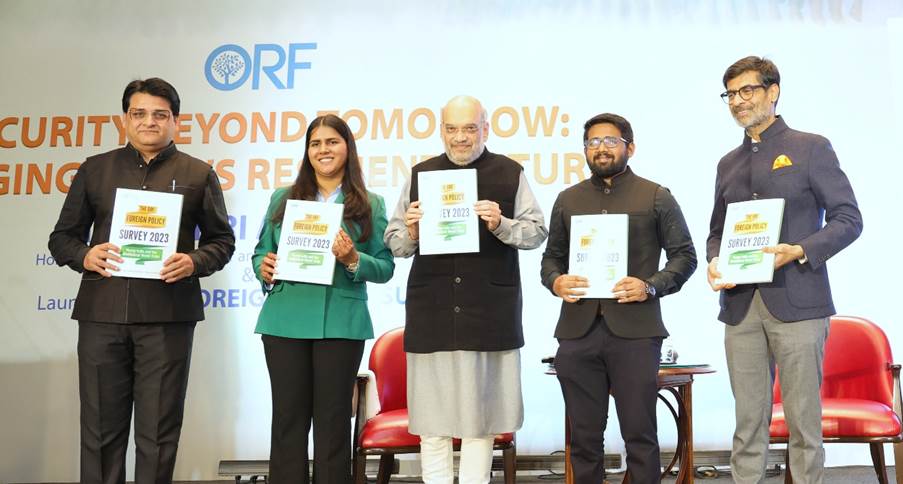The Indian government’s ambitious plan to erect a physical barrier along the 1,643-kilometer Indo-Myanmar border has ignited a complex discourse on security, technology, and community well-being. Spearheaded by Home Minister Amit Shah, this initiative aims to bolster national security by curbing illegal activities like smuggling, drug trafficking, and insurgent infiltration. While the project promises enhanced security, it also sparks concerns about its impact on local communities and age-old cross-border ties.
 The vision hinges on constructing a robust physical fence along the entire border stretch, complemented by a dedicated patrol track for swift security response. The project has already gained momentum with a 10-kilometer stretch in Manipur’s Moreh region completed. However, the sheer scale of the undertaking necessitates a phased approach, with construction currently approved for an additional 20 kilometres in Manipur, set to commence soon.
The vision hinges on constructing a robust physical fence along the entire border stretch, complemented by a dedicated patrol track for swift security response. The project has already gained momentum with a 10-kilometer stretch in Manipur’s Moreh region completed. However, the sheer scale of the undertaking necessitates a phased approach, with construction currently approved for an additional 20 kilometres in Manipur, set to commence soon.
Embracing innovation, the project incorporates pilot projects utilizing a Hybrid Surveillance System (HSS) in Arunachal Pradesh and Manipur. This cutting-edge technology, encompassing a network of sensors, cameras, and communication infrastructure, promises to significantly enhance border monitoring capabilities, covering an additional 1 kilometre in each state. The HSS integration signifies the government’s commitment to leveraging technology for a more robust and dynamic security apparatus.
While the project’s security benefits are undeniable, concerns have been raised by various stakeholders, particularly regarding its potential impact on local communities and ethnic groups with longstanding cross-border ties. In states like Mizoram and Nagaland, where free movement regimes exist, there are apprehensions about the fence disrupting traditional livelihoods and kinship networks. These concerns highlight the need for a nuanced approach that balances security imperatives with sensitivity towards communities.
Open consultations and exploring alternative solutions, such as smart fencing with designated crossing points, could help address these concerns without compromising security objectives. The government must actively engage with local communities, understand their grievances, and strive for mutually agreeable solutions. Striking this delicate balance will be crucial for the project’s long-term success and social acceptability.
The Indo-Myanmar border fencing project represents a significant undertaking with far-reaching implications. As the project progresses, transparent communication, open dialogue, and a commitment to finding common ground will be essential. Navigating the complex interplay between security concerns and community interests will determine the project’s ultimate success in forging a more secure and inclusive border landscape.




